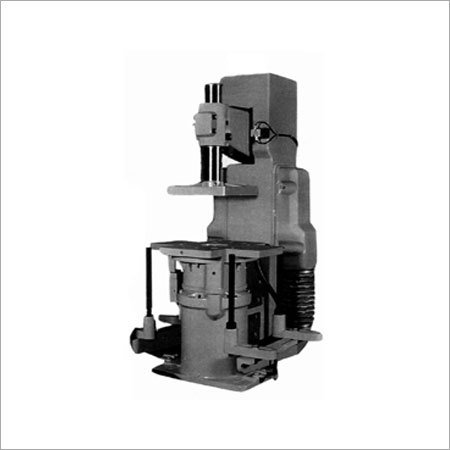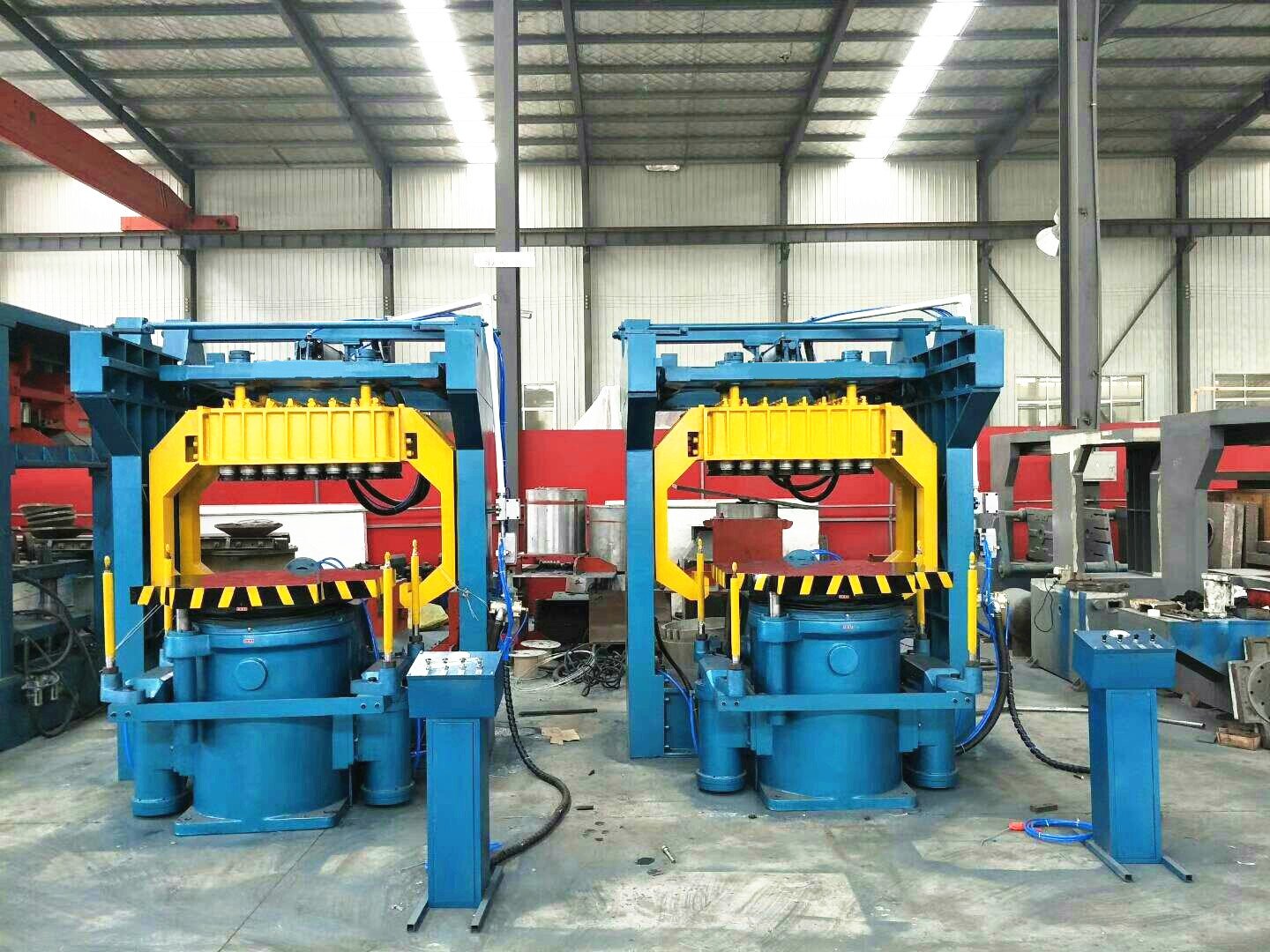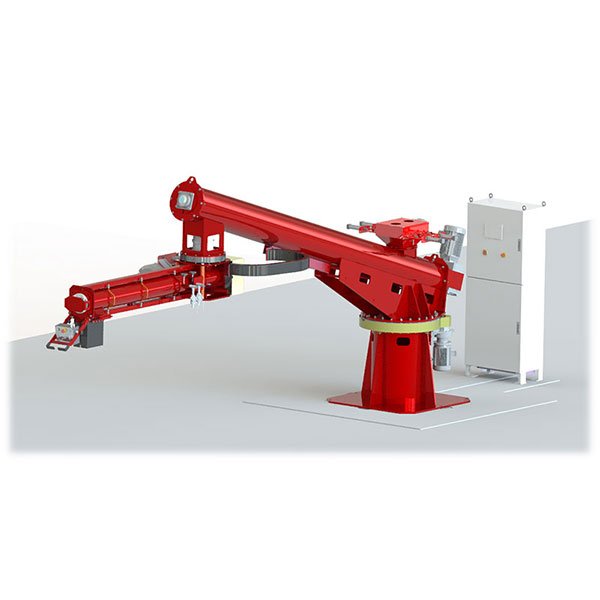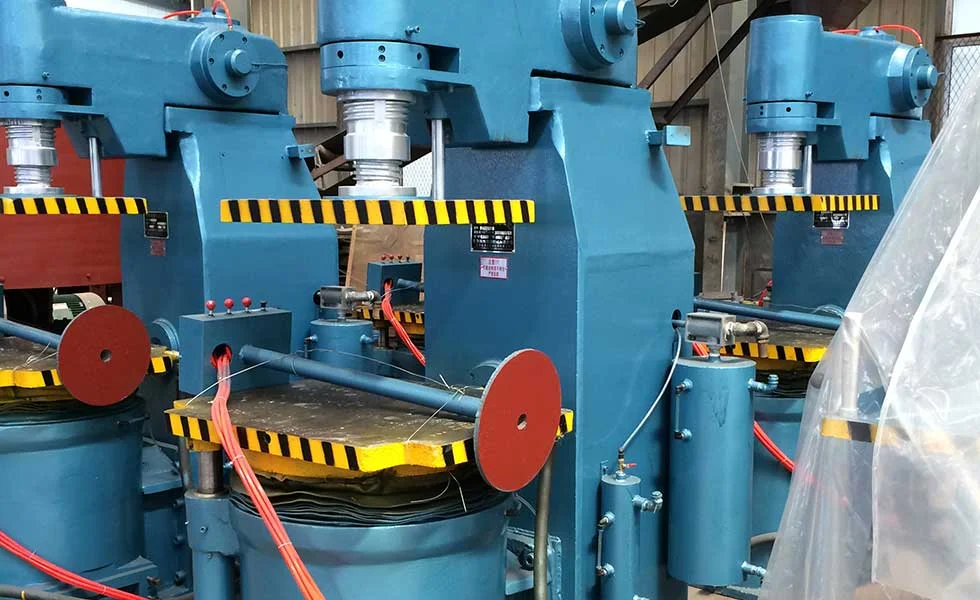Experiencing mold cracking, dimensional errors, or high gas defects in your castings? You might be overlooking one critical factor: the resin-to-sand ratio.
Optimizing resin sand ratios is essential for achieving strong, accurate, and defect-free molds. It impacts surface finish, strength, collapsibility, gas evolution, and overall casting quality.
Over the years, I’ve helped many foundries improve output just by fine-tuning this ratio. It’s a small number—but it makes a big difference.
Understanding Resin Sand Molding

In high-precision casting, green sand often isn’t enough. That’s where resin sand molding comes in.
Resin sand is silica sand coated with a thermosetting resin binder—typically furan, phenolic, or urethane. Once cured, it forms a hard, dimensionally stable mold capable of withstanding complex metal pouring.
1. What Is Resin Sand?
The sand is typically pre-coated with resin (cold-box or no-bake systems), offering advantages like high dimensional accuracy, smoother surface finish, and better mechanical strength.
Why it’s preferred:
- Excellent mold rigidity and detail replication
- Fast curing times with acid catalysts
- Suitable for both ferrous and non-ferrous alloys
2. The Role of Resin in the Molding Process
| Function | Description |
|---|---|
| Binder Strength | Resin bonds sand grains, creating a rigid, load-bearing mold structure |
| Curing Control | Catalyst-reactive systems allow control over hardening speed |
| Surface Integrity | A well-bonded mold resists erosion, deformation, and metal penetration |
I once optimized a line casting steel pump housings—simply dialing in the right resin level cut scrap rates by 27%.
Key Factors That Influence Resin Sand Ratio Optimization
The right resin ratio depends on resin type, sand characteristics, environmental conditions, and casting metal temperature.
1. Type of Resin and Catalyst Used
| Resin Type | Application Area | Recommended Catalyst |
|---|---|---|
| Furan | Ferrous castings, large molds | Sulphonic acid |
| Phenolic | Non-ferrous, detailed cores | Organic acid or sulfonate |
| Urethane | Complex geometries, fast cycle times | Polyol + isocyanate system |
Not all catalysts behave the same. You’ll need to match the acid strength and resin type to control flow and curing.
2. Sand Grain Size and Shape
- Finer grains increase surface area, needing less binder.
- Angular grains offer better mechanical locking, while rounded grains flow better and require slightly more resin.
3. Environmental Conditions
Ambient temperature and humidity influence:
- Catalyst activity (especially in acid-cured systems)
- Mold surface drying rate
- Resin viscosity and mixability
In a humid coastal factory I worked with, we adjusted the resin upward by 0.2% to offset delayed curing.
4. Pouring Temperature and Metal Type
| Metal Type | Suggested Adjustments |
|---|---|
| Grey Iron | Standard ratio (~1.0%) sufficient |
| High-Temp Steel | Requires slightly higher resin (~1.2–1.4%) |
| Aluminum | Lower resin, finer sand for better detail |
A harder mold helps avoid erosion from molten steel, while aluminum benefits more from precision than brute strength.
Ideal Resin to Sand Ratio: General Guidelines
Most foundries operate within a 0.8–1.5% resin by weight range. The sweet spot depends on mold strength, surface needs, and environmental factors.
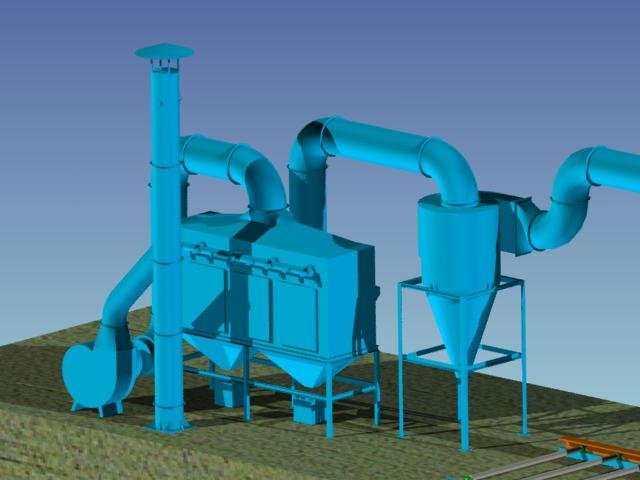
| Resin % by Sand Weight | When to Use |
|---|---|
| 0.8–1.0% | Small parts, tight tolerance, fine grain sand |
| 1.0–1.2% | Medium-duty castings, average conditions |
| 1.2–1.5% | Large/heavy parts, high-temp alloys, poor air flow |
Going too high?
- Waste of material
- Poor collapsibility
- Excess smoke and gas defects
Too low?
- Weak mold edges
- Erosion during pouring
- Incomplete dimensions
How to Measure and Adjust Resin Sand Ratios Accurately
Precision matters. Guesswork leads to scrap. Use lab data and on-site checks to calibrate your mix accurately.
1. Lab Testing and Small Batch Trials
- Use lab mixers to simulate shop-floor mixing
- Test tensile strength, scratch hardness, and gas evolution
- Aim for tensile strength between 1.0–2.0 MPa for most ferrous applications
2. On-site Monitoring and Quality Control
| Metric | Testing Method |
|---|---|
| Mold Strength | Scratch tool or manual indentation |
| Surface Finish | Visual comparison (Ra < 10 µm ideal) |
| Flowability | Compactability and mold fill testing |
| Collapsibility | Post-pour breakdown time observation |
3. Adjustment Techniques
| Variable | Adjustment Strategy |
|---|---|
| Resin Amount | Fine-tune using dosing pumps or gravimetric feeders |
| Catalyst Proportion | Increase slightly if curing is delayed or uneven |
| Additives (e.g., Iron Oxide) | Modify hot strength and reduce gas generation |
| Mixer Blade Wear | Inspect and replace to ensure uniform coating |
We often recommend using dual-arm continuous mixers to achieve better binder distribution—reducing waste by up to 10%.
Common Defects Caused by Improper Resin Sand Ratios

Incorrect ratios are behind many casting issues—each with a predictable cause and fix.
| Defect | Root Cause | Remedy |
|---|---|---|
| Gas Porosity | Excessive resin → high VOC output | Reduce binder, increase venting |
| Burn-on | Weak mold surface | Use stronger resin system or additives |
| Rough Surface | Resin underuse or uneven mixing | Verify dosing and mixer efficiency |
| Cracks / Erosion | Low mold strength | Increase resin, refine sand grain |
| Smoke Emission | High resin + poor reclamation | Use low-VOC resin, improve sand recovery |
Resin Sand Optimization for Different Casting Types
1. Ferrous Castings (Iron, Steel)
- Requires higher mold strength, especially for steel
- Add iron oxide or graphite to reduce burn-on
- Resin content usually 1.0–1.4% depending on weight and complexity
2. Non-Ferrous Castings (Aluminum, Copper)
- Focus is on precision and smooth finish
- Resin can be kept lower (0.8–1.0%)
- Use fine, rounded sands with high collapsibility
3. Large vs Small Mold Applications
| Mold Size | Optimization Tips |
|---|---|
| Small Molds | Uniform coating, fine grain, lower binder |
| Large Molds | Ensure full mixing time, check hot strength zones |
Scaling is not just multiplying inputs. It’s about ensuring even distribution and curing—especially at corners and thick sections.
FAQs on Optimizing Resin Sand Ratios
What is the best resin to sand ratio for steel casting?
Typically between 1.2%–1.4% by weight for high-strength molds.
How do I know if I’m using too much resin?
Excessive smoke during pour, rigid cores after knock-out, and high gas levels in test results.
Can resin sand be recycled?
Yes, up to 90–95% via thermal and mechanical reclamation—if managed properly.
What tools can I use to test resin sand quality?
Lab tensile testers, flowability meters, scratch hardness tools, gas evolution analyzers.
Conclusion
Optimizing resin sand ratios isn’t a one-time task—it’s an ongoing process of testing, adjusting, and improving. When done right, it not only enhances casting quality but also cuts waste and improves shop efficiency. In my experience, small changes in the mix can lead to big results in the mold.


